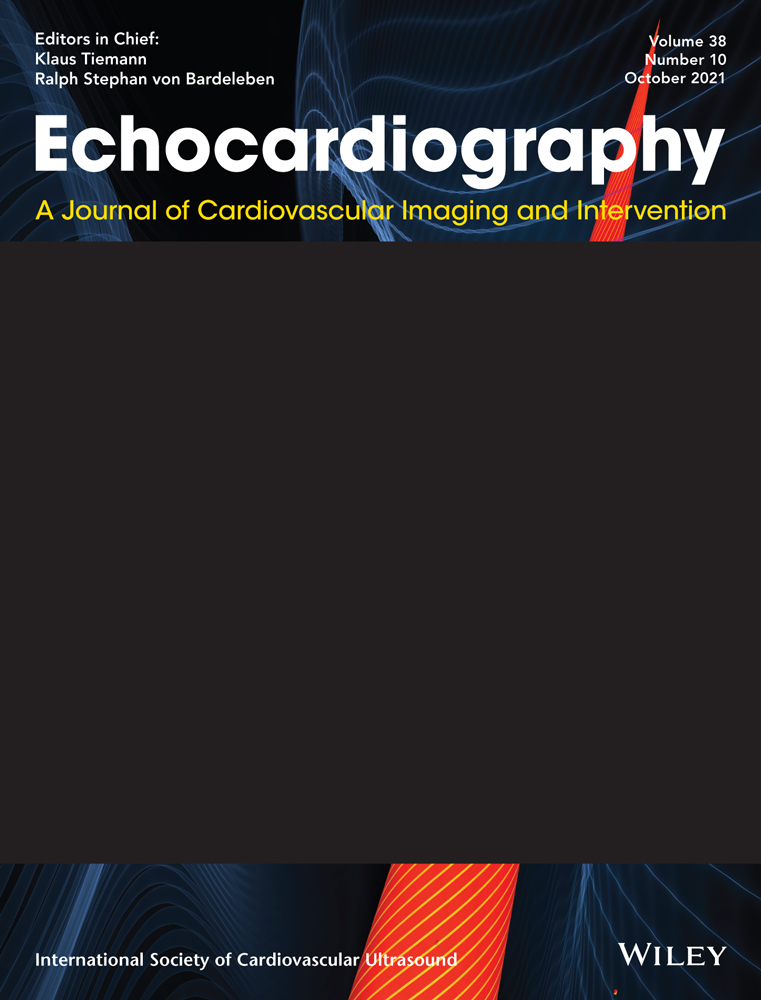Effect of systolic dysfunction and elevated left ventricular end diastolic pressure on 3-year clinical outcomes in patients with atrial fibrillation
Abstract
Objectives
Systolic and diastolic dysfunctions are related to adverse clinical outcomes in patients with sinus rhythm. The aim of this study was to clarify the prognostic significance of systolic and diastolic dysfunctions in patients with persistent atrial fibrillation (AF).
Methods
We evaluated the data of 114 consecutive patients with persistent AF who underwent measurement of LVEDP at our hospital between March 1, 2011 and December 31, 2014. The patients were divided into two groups according to the left ventricular ejection fraction (LVEF): LVEF < 50 (reduced ejection fraction, REF group) and LVEF ≥50 (preserved EF, PEF group). The PEF group was further divided into two subgroups according to the left ventricular end-diastolic filling pressure (LVEDP): LVEDP > 15 mm Hg and LVEDP ≤ 15 mm Hg subgroups. The 3-year clinical outcomes were compared between the PEF and REF groups and the LVEDP ≥15 mm Hg and LVEDP < 15 mm Hg groups.
Results
During the 3-year follow-up period, the rate of heart failure (HF) hospitalization and incidence of AF with rapid ventricular rhythm (RVR) were higher in the REF group than in the PEF group. Multivariate analysis revealed that REF was the only significant predictor of HF hospitalization (hazard ratio, 4.71; 95% confidence interval, 1.48–15.02; p = 0.009).
Conclusions
Our mid-term follow-up data demonstrated that systolic dysfunction was an important predictor of HF hospitalization in patients with AF. However, elevated LVEDP may not be associated with adverse mid-term clinical outcomes in patients without systolic dysfunction.
CONFLICTS OF INTEREST
The authors report no financial relationships or conflicts of interest regarding the content herein.




